 | 330 GT Registry |  |
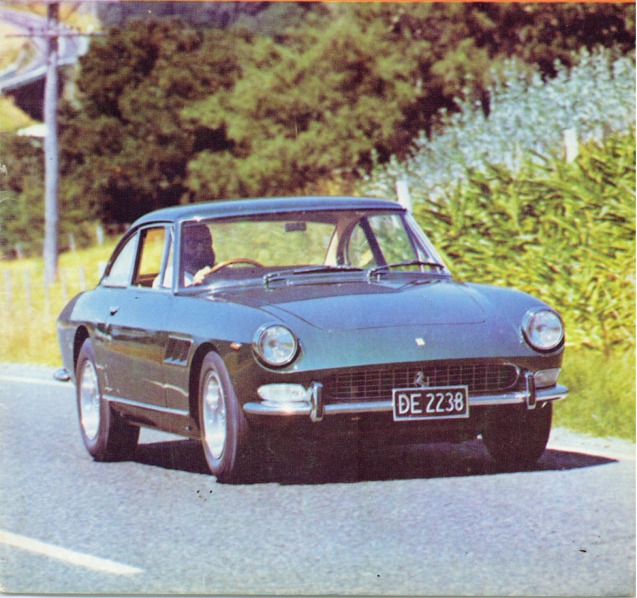
Cover: Sweeping along a clear country road on a fine day during Motorman's exclusive test on a Ferrari 330GT —
probably the only example of its type in New Zealand. Read about our 24 hours with this Italian machine.
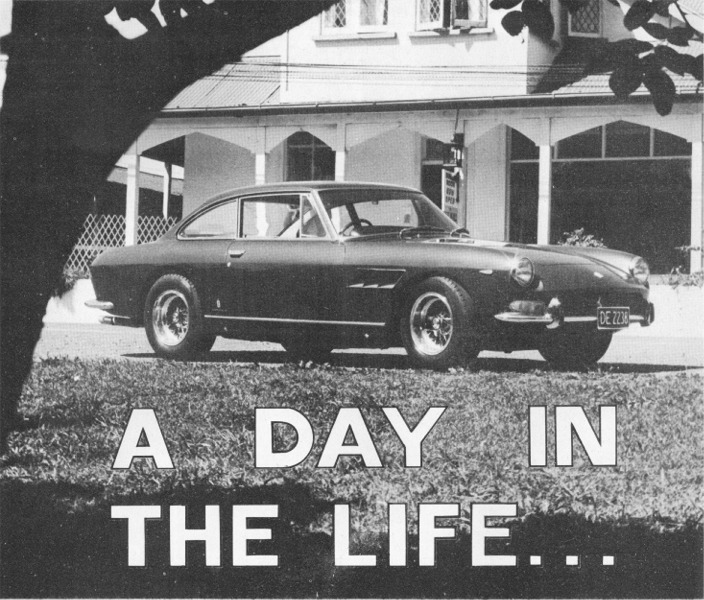
Photostory by Jack Inwood
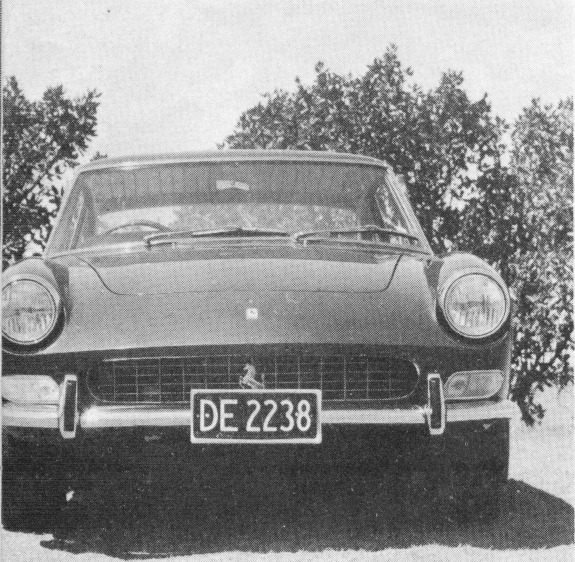 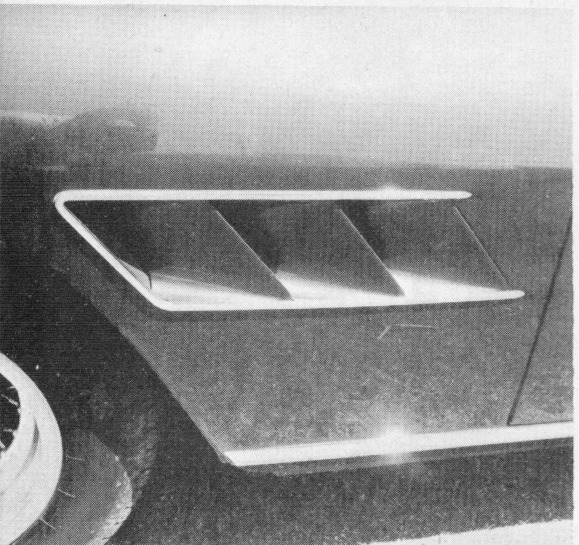 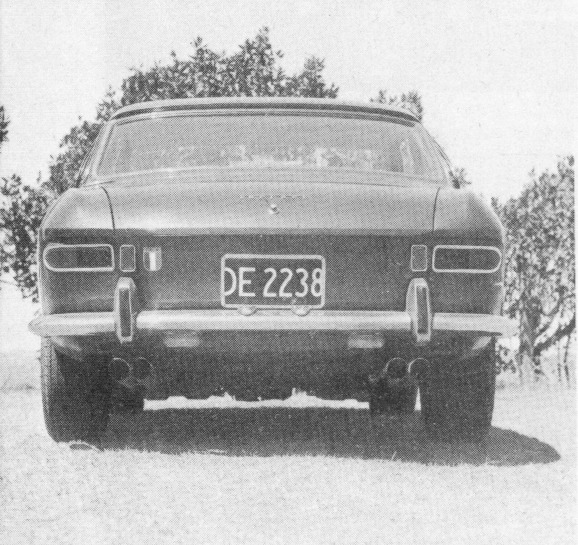 | STAND UP all those who have never dreamt of owning or wished to own or even wished to drive a Ferrari. Right, you two girls can sit down again. Nineteen seventy will always be remembered as the year when we had the use of a Ferrari for 24 hours — oh, happy day! Through the courtesy of Colin Giltrap at Monaco Motors in Hamilton, 10 April will stand out as a red-letter day. We had the use of a 1966 Ferrari 330GT, iridescent green on Borrani wire wheels, with pigskin upholstery and 300 willing horses. In spite of competition from Maserati and a host of other specialist car builders in the past and from Lamborghini in more recent years, an aura of excellence still surrounds the products of Enzo Ferrari and his staff at Modena. Although the test car was four years old, the magic of the name Ferrari was clearly evident. This type of vehicle is an absolute luxury A major consideration is pride of ownership and this is where the magic name Ferrari still holds pride of place, although, of course, the Prancing Horse is well endowed with all the aforementioned qualities as well. The 1966 330GT is a development of the late 1963 model and retains the same four-litre V12 engine delivering 300 brake horsepower. A major mechanical advance is the fitting of a five-speed gearbox in place of the earlier four-speed with Laycock de Normanville overdrive, which had proved a troublesome combination. External styling reverted to twin head-lamps as the four headlamp system on the earlier model was not popular. The louvres behind the front wheels were modernised. The body shape is clean with full rounded lines all round, and the profile view is superb. As with many Pininfarina designs, simplicity is the keynote. There are no unsightly protuberances and the finishing touch to the ageless design is the fitting of the magnificent Borrani wheels with seven-inch magnesium rims and chrome spokes. In this car you could sit in Queen Street all day without starting the motor, because everybody looks — and we mean everybody. And it does something major for your self-esteem to be in charge of $18,000 worth of motor car. Can you imagine yours truly ten feet tall? And when you finally start the motor you enter another world. Ticking over at 800 odd revs, the noise is sheer subdued power. But a touch on the throttle makes pulses race for hundreds of yards, as the incomparable Ferrari growl tells the world you are all set up to take this superbly flexible machine either up the road to the dairy for a case of Coke or right down to Wellington in an unbelievably short time. As you sit in that luxuriously comfortable chair an array of instruments informs you of what is happening. Large clear speedo and tacho directly in front bracketing the oil pressure gauges. In the centre of the facia are fuel gauge, water temp and ammeter. The motor is running, the oil pressure is up to tickover pressure of 20 pounds (it rockets to 75 when you open her up) and it’s time to move. In goes the clutch (God, it’ll break my leg), into first and ease her away. What a gentle beast she is. Second, third (a bit of a squirt), fourth and into top at just over 2100rpm — 50mph. And that was just the start. The clutch action was unusual in that as soon as the heavy pressure was felt you made your change, so really it was not necessary to break a leg with every gear change. The throw was longer than expected, but we soon got used to it. For the technically minded we were able to gather the following information between spells of driving and drooling. The engine is a 4 litre, 60° V12 giving 300bhp at 6600rpm. Bore and stroke, 77mm x 71mm, and compression ratio of Power is transmitted to the five-speed box through a hydraulically operated Borg and Beck clutch. The car is fitted with an LSD — and we mean a limited slip diff. In this car who needs the other sort of LSD? Front suspension is by wishbones and coil springs, with telescopic shock absorbers and an anti-roll bar. Rear suspension is by trailing arms with semi- elliptic leaf springs, supplemented by coils and damped by telescopic shockers. Braking is by two separated brake circuits with discs on all four wheels. All-up weight is just under 1½ tons, so the Ferrari hardly qualifies as a lightweight. Fuel tank capacity is 20 gallons. Performance figures (some of which we were obliged to take from the handbook for obvious reasons) were: 0-60, 7.9secs; 0-125, 26.4secs. Speeds in the gears with two up running to 6600rpm: 1st, 48; 2nd, 73; 3rd, 99; 4th, 124; and top at 6400, 152mph. Fuel consumption averages 15mpg but over-indulgent use of the loud pedal will reduce this substantially. To ascertain the road holding qualities of this car one would need first a racing circuit and second a driver with Paul Frere’s ability. We found that at safe speeds the car was neutral with the power on and tended to understeer slightly on a trailing throttle. Bumpy corners had no effect on the directional stability and the car felt easier to handle as speeds increased. Having the use of a Ferrari is the quickest way of making a day go by that we have yet discovered. And that includes all the hours when we were not actually driving the thing, just admiring her, taking pictures and showing her off to friends. But all too soon our 24-hour love affair was over (and you may guess we didn’t sleep much that night) and we settled down to the hard work of writing this and processing the pictures. Even at prices overseas approaching £7000 there are many discriminating customers for these cars, which unite Ferrari’s long racing experience with Pininfarina’s ability to design and manufacture exquisite coachwork. This is a car of breathtaking performance and luxurious comfort. And we have made up our minds . . . |
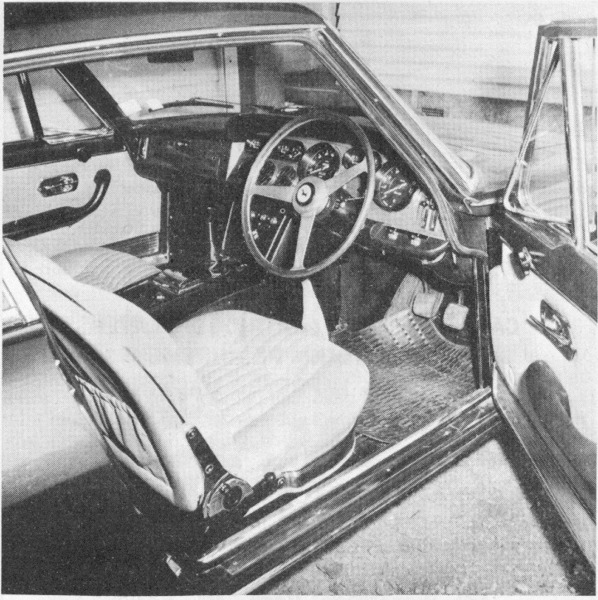
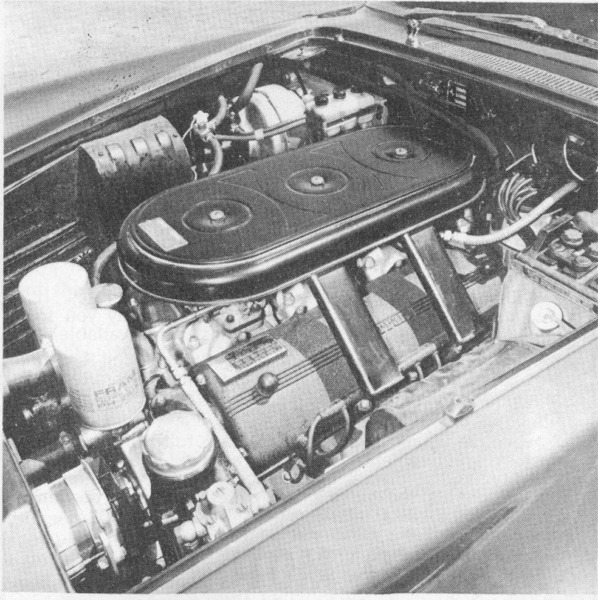
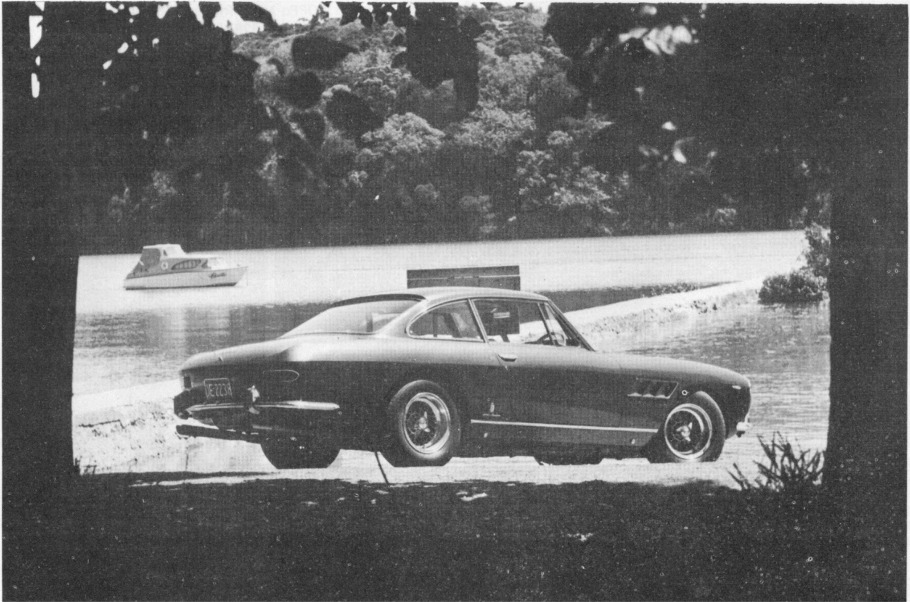
MOTORMAN, June, 1970
